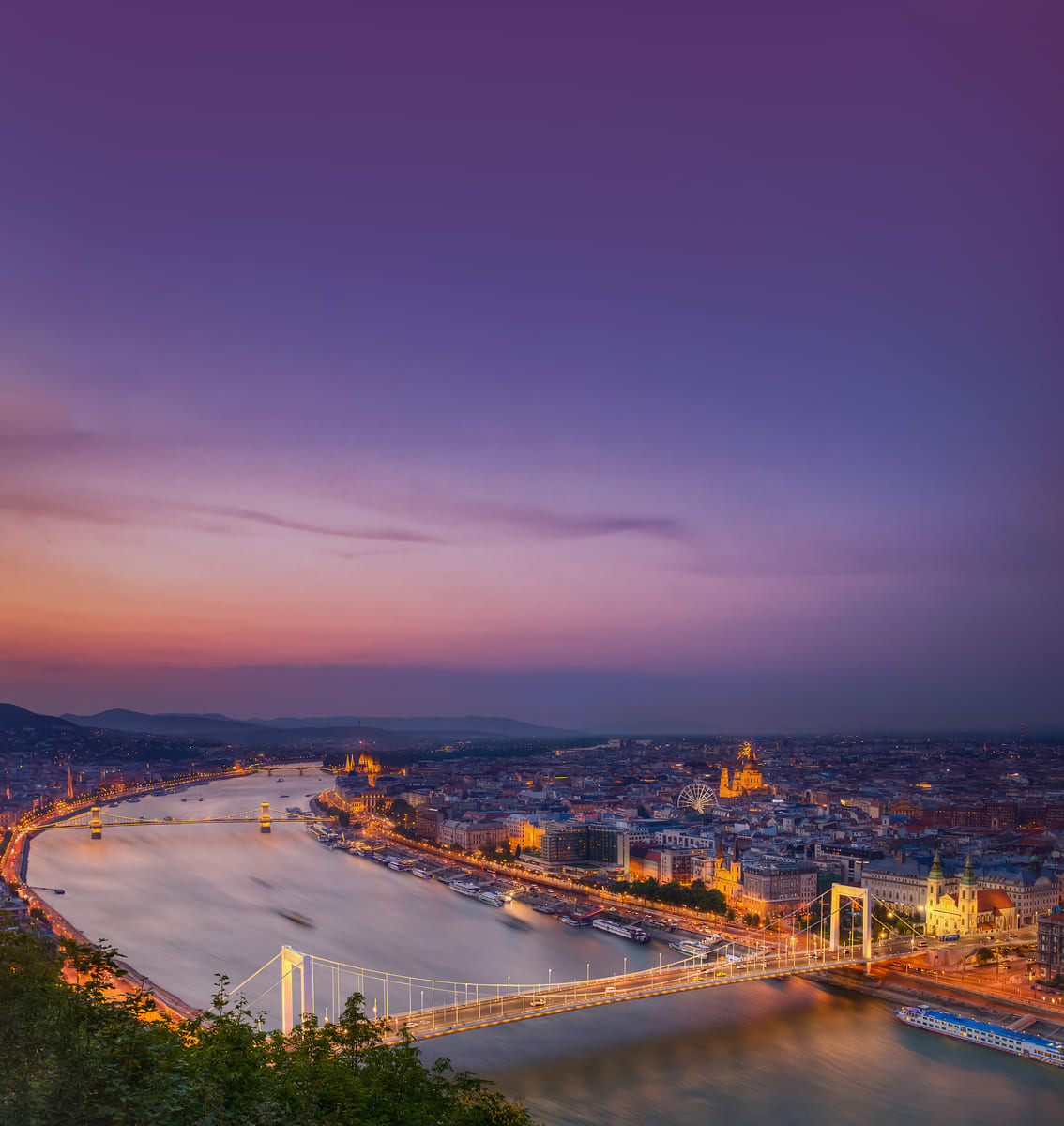
In a tiny, two-metre-wide kitchen in the shadows of the rugged, snow-capped Canadian Rockies, French-born chef Jean Pierre Guerin was pan-searing a wild British Columbia sockeye salmon. His hands were a study in detail as he garnished the plate with shaved fennel, smoked sea salt and an old-fashioned mustard vinaigrette that he said reminded him of growing up in the south of France.
Despite the multitude of distractions outside - vermilion-tinged glacial lakes, gushing, effervescent-blue waterfalls, spines of mountains with enigmatic names such as Moloch, Iconoclast and Moonraker - his concentration didn't wobble once. Which was odd, since he was producing Michelin-star quality cuisine while being shaken left and right on a fast-moving train.
"It's like working on a roller coaster," Guerin said. "When I finish a 12-hour journey, I still feel like I'm moving."
Few trains are defined in the mind's eye as starkly as that of Canada's Rocky Mountaineer, the locomotive that became Guerin's haute cuisine kitchen in 2013, when he announced intentions for delivering a 5-star experience on board.
The tracks tell a story
A series of purpose-built, double-decker, glass-dome cars in royal blue and gold, the Rocky Mountaineer demands attention when it arrives at the platform. And seeing one of the famed wagons pull into any mainline station illustrates just how aspirational a journey onboard is: people flock to it like bears to a honey pot.
But the Rocky Mountaineer journey was, and still is, about more than just train travel and fine dining. My journey was from Vancouver to Banff, the 957-kilometre route travelled on the famous Canadian Pacific Railway (CPR), the transcontinental line that opened in 1885 to bridge the once insurmountable gap between provinces in today's eastern and western Canada.
Those same tracks tell the story not only of buffers and boxcars but of the fur trade, European immigration and treacherous expeditions through the mountain passes of Alberta and British Columbia. All the historical romance of Canada can be found on these rails.
Started 25 years ago when the last regular passenger trains on the CPR were discontinued, the Rocky Mountaineer now operates trains on four rail routes through British Columbia and Alberta, whisking passengers from the rain-lashed coast of Vancouver to the glacial-carved landscapes and Alpine larch-studded national parks of Banff and Jasper, home to iconic chateau hotels such as the Fairmont Banff Springs and Fairmont Jasper Park Lodge.
Get lucky and you may see bald eagles, ospreys and elk, as well as cinnamon-coloured grizzly bears, coyotes and wolves.
Take an expedition from Vancouver: The Outer Limits Of Canada And Alaska
Spot a grizzly bear in British Columbia: Where The Wild Things Are
Behind the scenes
But what you and the other 1,400 guests onboard don't see is the 85-strong brigade of sous and pastry chefs, lead by Guerin and fellow French-born executive chef Frederic Couton, working behind the scenes. In GoldLeaf Service, the train's deluxe, first-class carriages, they prepare four seatings a day for groups as large as 72, all while trying not to lose their balance while gently rolling through the countryside.
When dishes such as roasted Alberta pork tenderloin with sweet onion demi-glace and parsnip crisps, or pan-seared Haida Gwaii Sablefish with sauteed morel mushrooms and hazelnut vinaigrette appear at the table - it's no small feat. Plus, it's delicious, which begs the question - could the Rocky Mountaineer's chefs one day claim the ultimate culinary accolade, a Michelin star?
"That's a European sensibility more than North American - and being French I understand Michelin's prestige," said Guerin. "But we're a 5-star experience on a moving platform. The term 'high-speed fine dining' suits us just fine. And we're just getting started with the concept of travelling haute cuisine."
It's a concept that comes with its own set of challenges, especially with the tracks busier than ever - from five-kilometre-long freight trains carrying lumber to burgeoning locomotives loaded with fuel. In season, which lasts from May until October (the rest of the year, snow completely blocks the tracks), a broken-down freight train can block the line for hours.
"It's a logistical feat," said Guerin. "Every two days we need to load the train, so it can be completely independent for 48 hours in some of the world's most remote wilderness. It's pretty difficult to find a supermarket in the middle of the Rockies, so we take everything with us, including the kitchen sink."
Local produce
What helps is the vast network of producers, fishermen and farmers the Rocky Mountaineer relies on. Dungeness crab and albacore tuna are sourced off Vancouver Island, while Chilliwack sweetcorn, Alberta short rib beef, Fraser Valley sockeye salmon, Okanagan Valley orchard fruits and chardonnay from Sumac Ridge, one of Canada's oldest estate wineries, complete the farm-fork to train-fork journey from the coast to the interior.
"It's our mandate that all of our products have to be local," Guerin said. "At the moment, we're making good use of fresh Okanagan rhubarb for our desserts."
Apart from extreme geography and the odd unforeseen railway jam, there are other challenges for a chef working at such a fast pace. Water moves with the rhythm of the train, so pans can only be filled two-thirds. Open flames aren't allowed for safety reasons, nor are deep fat fryers.
Add to that a litany of dos and don'ts: knives need to be precision-handled, drawers have to be locked, every utensil has to come custom-made with special non-slip mat coating. With all that to deal with, the Rocky Mountaineer could be one of Canada's most challenging kitchens.
"I have no idea how a celebrity chef would cope onboard," Guerin said. "It's a lot easier to work on terra firma, that's for sure. They have it easy."
This article was written by Mike MacEacheran from BBC and was legally licensed through the NewsCred publisher network.

one of a kind holiday?
Takes 3 minutes
